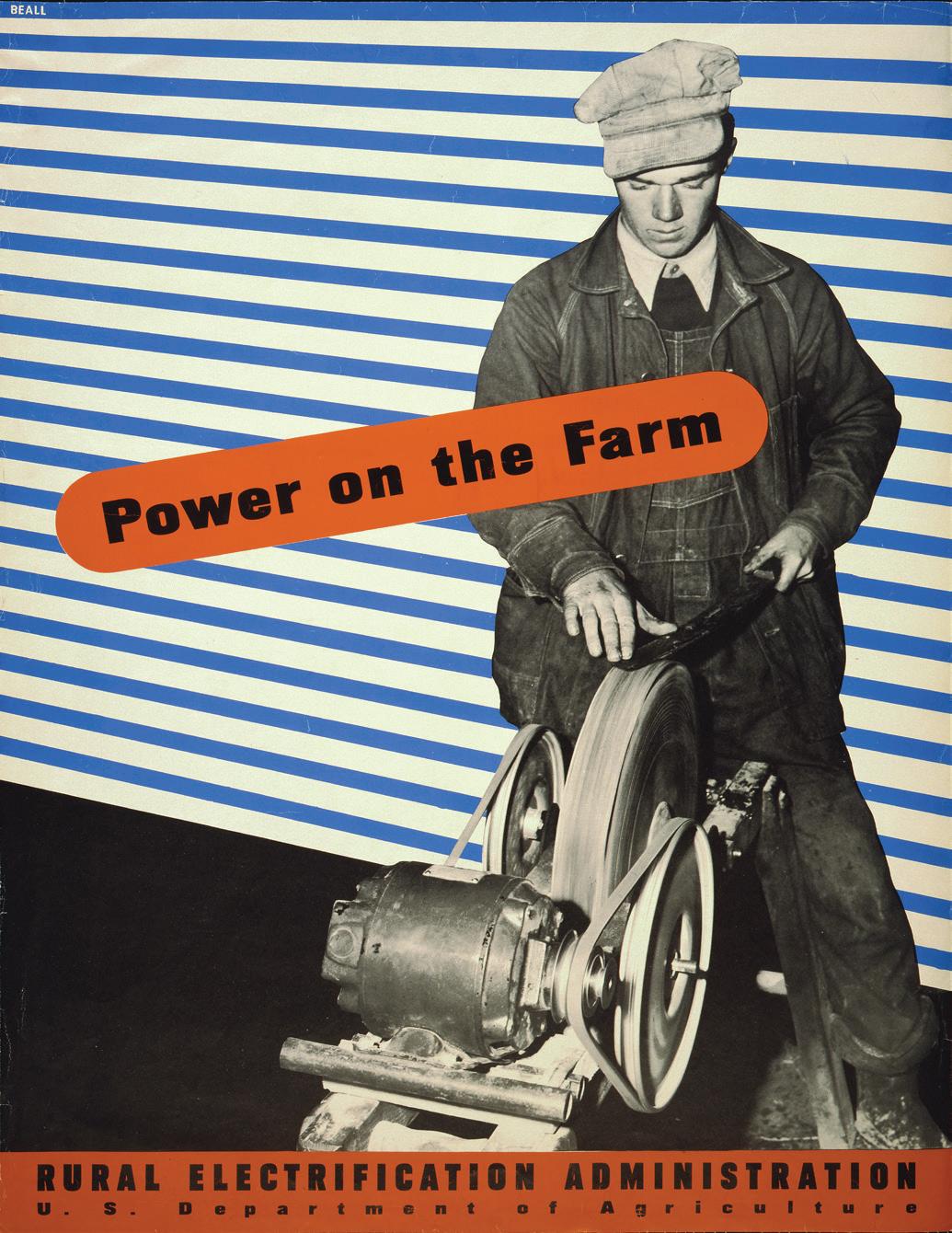
2 minute read
The Day the Lights Came On
Large towns in northeastern North Carolina were introduced to electricity around 1890. Electricity became more widespread to rural communities by the 1950s. In recognition of the dramatic changes that resulted, on April 18, MOA will open a new exhibition to discuss how “the day the lights came on” impacted people’s lives and businesses.
—From a 1984 oral history interview with Mrs. W. D. Elliott, of Chowan County, who received electricity in 1946
Power meant access to new inventions. Electricity was new, especially to those who had lived their entire lives without it. Homes could use electric appliances such as radios, irons, refrigerators, washing machines, electric stoves, and vacuum cleaners. Farms began using electric milking machines, electric coolers, electric heaters, and automatic waters. Florists, morgues, candy factories, ice plants, textile mills, saloons and other businesses in the region all changed the day the lights came on.
RURAL ELECTRIFICATION ADMINISTRATION POSTER, 1940

Passed in 1935, as a part of the New Deal program, the REA introduced electricity to America’s rural areas, where more than 90 percent of homes did not have electricity. By 1963, 98 percent of farms in North Carolina had access to electricity. In this photograph, a farmer is using an electric grinding machine.
Courtesy of the Library of Congress
In the exhibit, we will explore how electricity and its resulting inventions impacted people: Did these new forms give people more leisure time?

WORKING LINEMEN, 1976
Courtesy of the Albemarle Electric Membership Corporation
Today, numerous methods can generate electricity, including windmills, solar panels, hydroelectric plants, nuclear reactors, natural gas, and coalburning stations. New energy-efficient and renewable-energy standards are being set throughout the nation.










